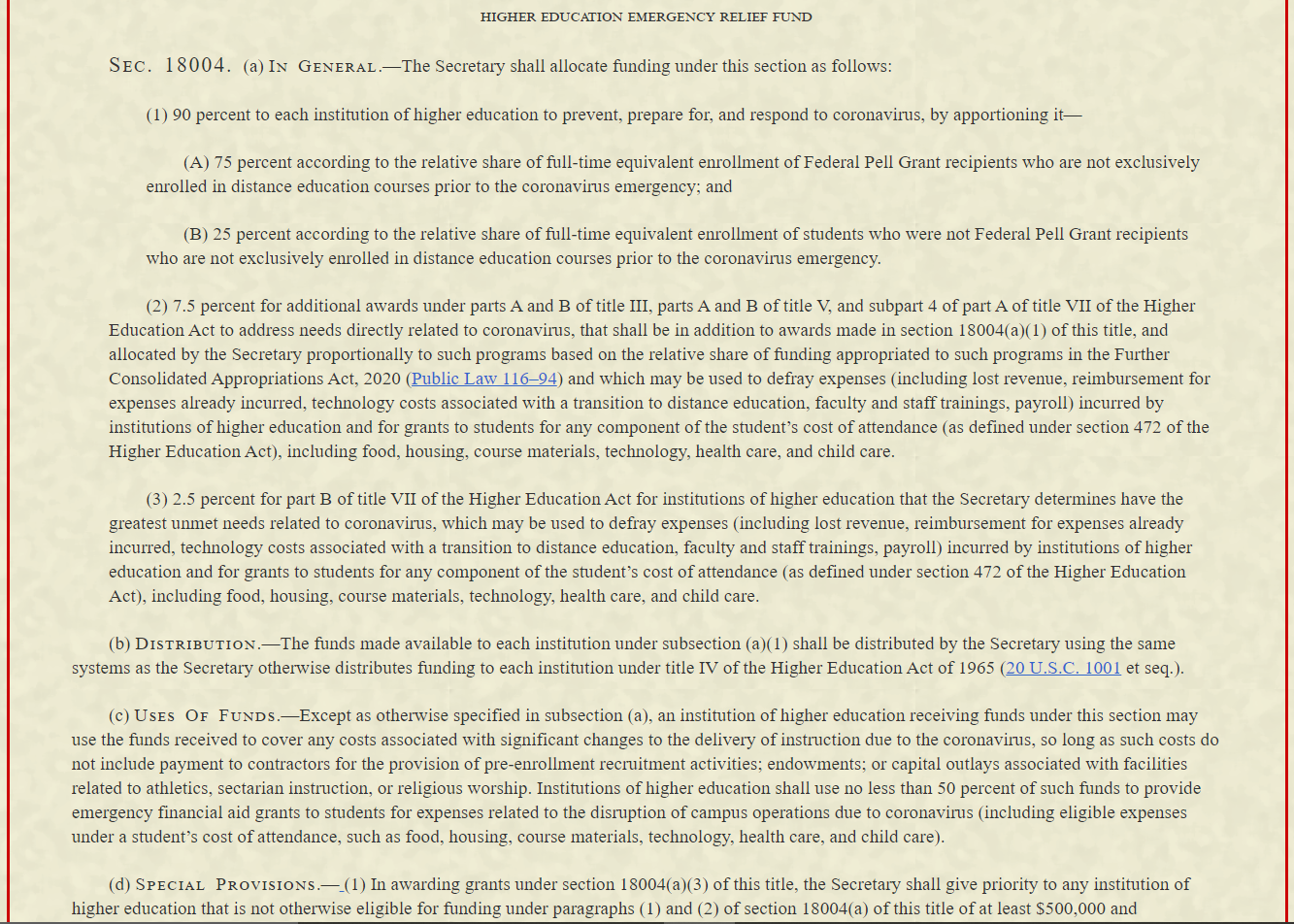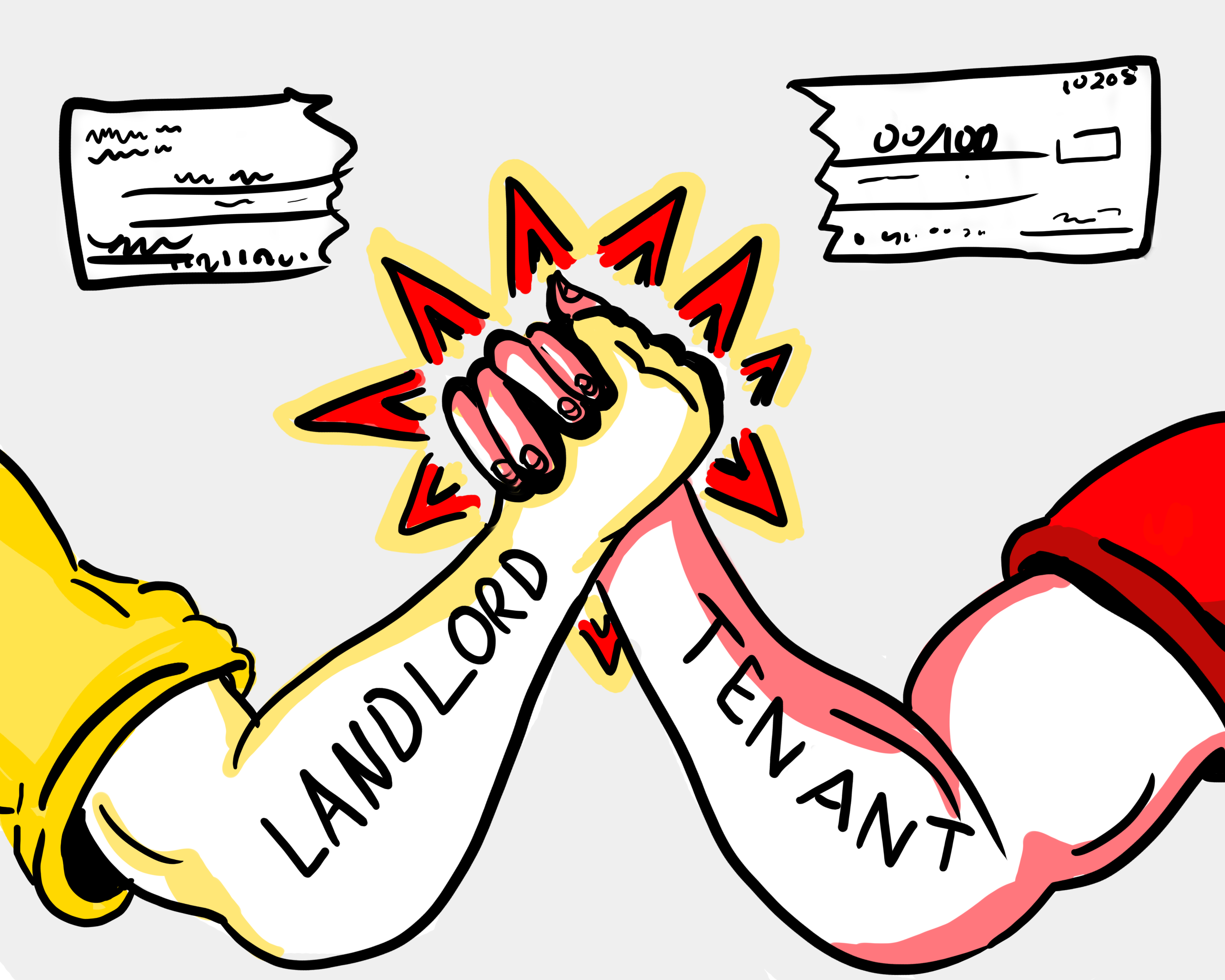My Hijab, my rights
Hijab is more than a piece of cloth that Muslim women wear to symbolize their faith. Hijab does not mean a headscarf or falls in the lines of oppression.
Hijab does not belong to only one gender. Hijab means “to cover” in Arabic and one of its many definitions is modesty. It’s the way we act towards the opposite gender through our words, our actions, and the way we speak. It is more than just a covering. It is part of our everyday lives.
“It’s been 15 years since I personally decided to wear the hijab. Since then, it has played a huge role in shaping my personal growth and my identity. It has taught me that my worth is beyond superficial measures.” says Islam Alsinai, Outreach and Treasurer for the Muslim Student Association of UW Tacoma, and a hardworking inspiring woman who is passionate about the betterment of her community, with a motive for people of diverse backgrounds to feel accepted.
May 3 was the day I decided that I want to be inseparable with my hijab. Hijab means so much more than the veil I use to cover my hair. I apply hijab to my everyday life. As humanely as it’s normal, I did have my ups and downs with it. But, the safety that my hijab provides for me is what I want to be with for the rest of my life. I choose to cover for the sake of my beliefs and my Lord and for myself. As many things empower an individual, my hijab and modesty empower me.
“I made the decision to wear the hijab in a time in my life where many go through identity changes – my teenage years. From realizing that I will never fit in to chasing societal standards that are constantly shifting, I knew I could never be truly happy with myself. That’s when the hijab came in. It showed me that I did not have to follow what everyone else was doing, I did not have to confine myself to other’s peoples views of beauty and women.” says Dilnoza Chorieva, president of the Muslim Student Association of UW Tacoma as well as an outstanding striven woman who works hard for inclusivity on campus and in her community.
I choose to cover myself in 90 degree weather, I choose to wear my hijab despite the number of hate crimes people who look like me receive. I continue utilizing my hijab, as people categorize people like me among what they see is portrayed on the media. I break stereotypes and false ideologies that some have of Muslims and of the Hijab.
“The hijab has empowered my character and helped me prioritize my inner beauty by allowing me to represent my identity and convey what my faith truly stands for. The hijab is more than a guide and a spiritual symbol that connects me to my faith; through it, I’m an ambassador for my religion, especially because I am a minority,” says Alsinai.
Hijab isn’t something that is forced. To do so is Haram — that means sinful in Arabic. Hijab is also practiced upon men as well, as they wear modest clothing, refrain from sinful activity and grow out their beards, to follow Prophet Muhammad’s — peace and blessing be upon him — sunnahs, defined as his traditions.
“I could do what I chose, and represent myself in a way that I want to be seen. It gave me confidence, strength and protection. There are of course struggles with the hijab, mainly people’s misconceptions of it – but those only allow me to speak up for myself and show others that it’s more than just a head covering. That in, of itself, is the epitome of empowerment,” says Chorieva.
Rather than feeling in danger in my hijab, I feel safer, I feel protected. The strands of hair I tuck into the cloth wrapped casually around my head provides security for me, as I can mentally and visually carry my beliefs and religion with me.
“It serves as a source of strength and peace, catalyzing interfaith dialogues and bridge building,” says Alsinai. “The hijab is a constant reminder to always be humble and kind. The hijab has been a guide for my actions and grounded me to my true purpose – that I stand for something bigger than myself.”



